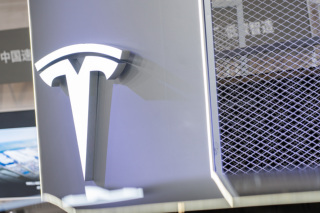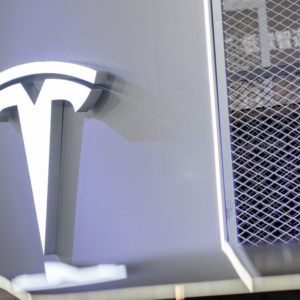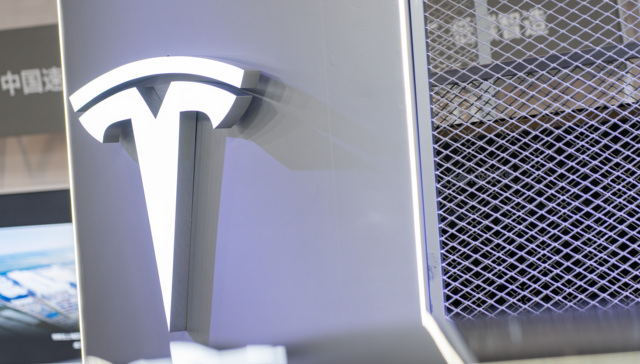By LIU Zeran
Tesla’s stock witnessed intense fluctuations on Wednesday, closing with a 4.78 percent down, resulting in an overnight market value decrease of US$39 billion (about 280 million yuan.
Tesla’s Q3 revenue was US$23.4 billion, with the automotive business providing US$20 billion, a 5 percent increase compared to the same period last year.
As for profits, Q3 net profit was US$1.9 billion, 44 percent down year-on-year and a lot down on the preceding two quarters. Tesla has a long list of excuses, some even philosophical, including inefficient factories, cost of the developing Cybertruck, and the high price of AI.
Showroom prices have been cut a lot this year, and that’s eaten into the profit margin this year, down to 17.9 percent in Q3. Global deliveries were 6 percent down from Q2. Tesla still intends to meet its initial target of 1.8 million new vehicles this year, which means about 475,000 in the fourth quarter.
Throughout 2023, Tesla has claimed to be trading profits for sales volume, but could simply be describing a trend, not a strategy. After announcing Q3 volumes, Tesla cut the prices of the Model 3 and Model Y in the United States by up to US,000.

Although the revenue from the automotive business is growing slowly, other businesses are doing well.
The Cybertruck is set to begin deliveries in the U.S. on November 30, with specific specifications and pricing details undisclosed. CEO Elon Musk has said that one million people have pre-ordered the Cybertruck.
Regarding cost control, Tesla stated that their Q3 goal remained to reduce the average cost per vehicle, generate positive free cash flow, maximize delivery volumes, and continue investing in growth initiatives, including AI.
Tesla reported a single-vehicle cost of US$37,500 in Q3, slightly higher than the US$36,000 reported in the 2022 annual report. Tesla explained, “While the production cost for new factories remains higher than older ones, we implemented necessary upgrades in Q3 to further reduce per-vehicle costs.”





